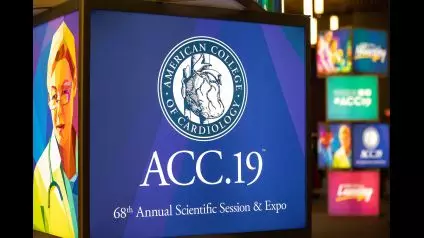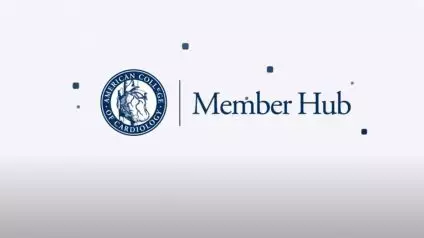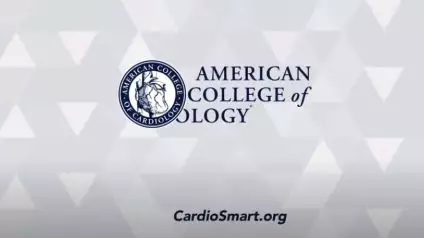Prevention Guideline: What It Means for Patients - ACC.19
Released at ACC.19, ACC/AHA primary prevention guideline provides a playbook for managing cardiovascular risk factors. Hear from CardioSmart Editor-in-Chief Martha Gulati, MD, MS, FACC, on what the guideline means for patients. Full ACC.19 coverage is available at https://www.ACC.org/ACC2019
Looking for more tools and resources to share with your patients? Direct them to https://www.CardioSmart.org/Healthy-L...
21 Views
3 years Ago












